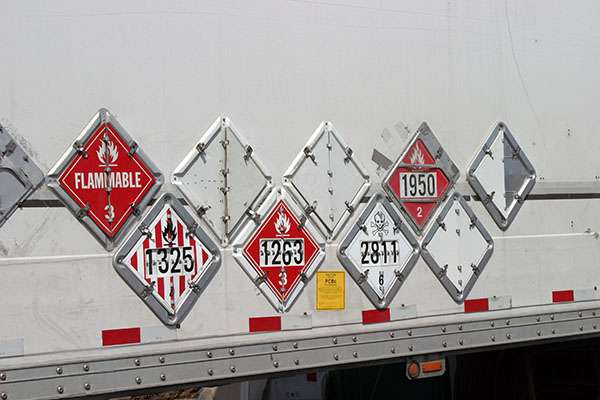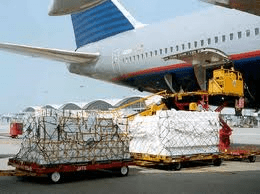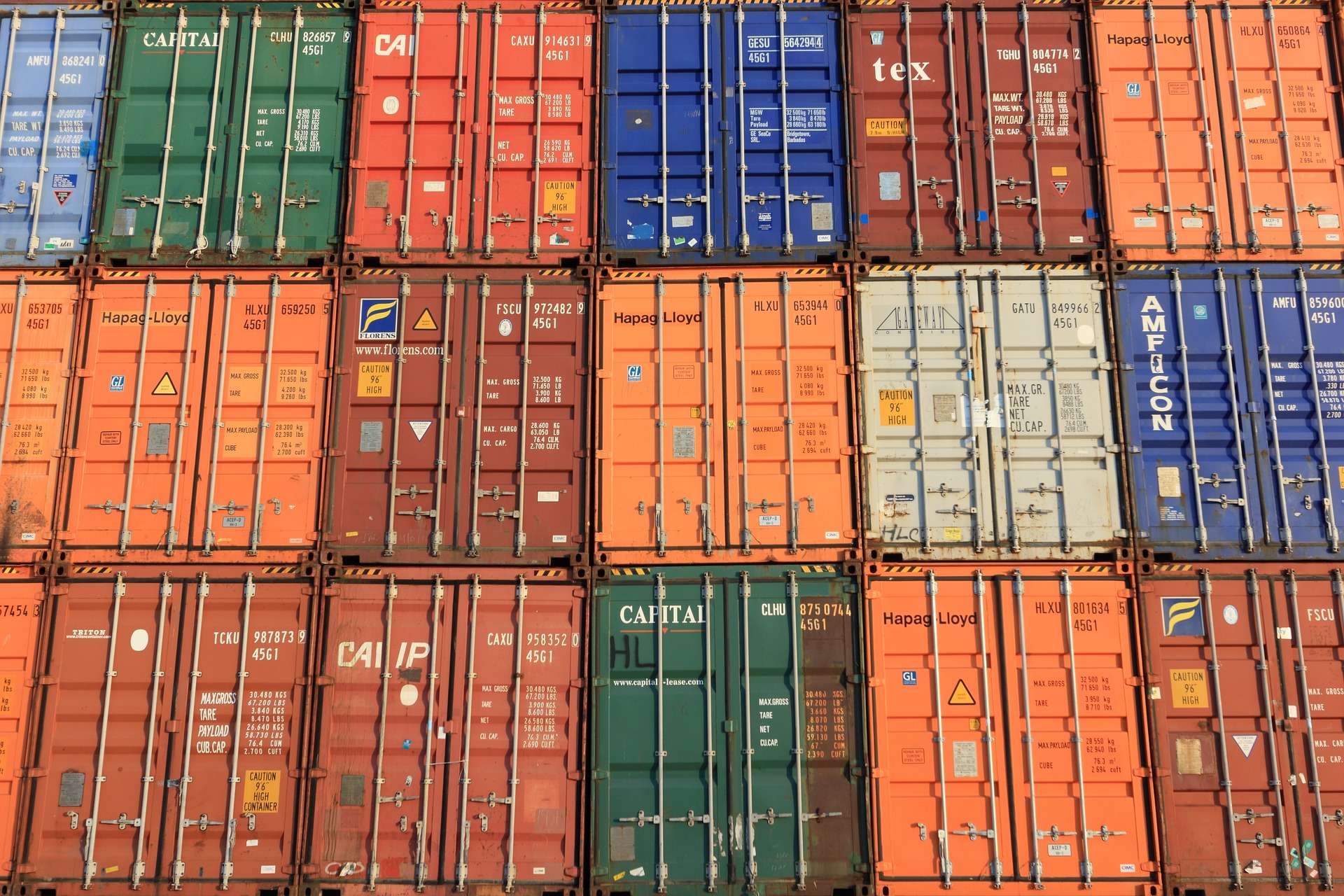HAZMAT SHIPPING TRAINING
per 49 CFR, Including DOT, IATA and IMDG Regulations
In the U.S., 49 CFR regulates all hazardous materials shipments. The Department of Transportation (DOT) is responsible for enforcing 49 CFR. Within DOT, there are a number of agencies responsible for ensuring specific parts of 49 CFR are being followed, including PHMSA (Pipeline and Hazardous Materials Security Administration), FAA (Federal Aviation Administration –which defers to international IATA regulations), FMSCA (Federal Motor Carrier Safety Administration), FRA (Federal Railroad Administration), and various state agencies with authority to enforce DOT regulations. [Learn more about who regulates hazmat shipments in our blog.]
See more details about each of our classes and our schedule below!

DOT Training (Ground)
DOT training is for anyone and everyone participating in pre-transportation functions for the shipping of hazardous materials by ground, including those signing hazardous waste manifests.
DOT training meets the following training requirements of 49 CFR 172.704 (a): Awareness, Safety, Security Awareness and Function-Specific training for anyone who may prepare and offer or transport any hazardous material or hazardous waste in commerce by ground transportation. Note, this course does not include discussion of hazard classes 1 and 7, but we can include that function-specific training in our onsite classes.
Refreshers are required every 3 years.
Do you or your workers need DOT training? Learn more in our blog article “Who Needs DOT Hazmat Training” where we line out all the different roles and responsibilities who may need trained.

IATA Training (Air)
For anyone participating in any portion of shipping hazardous materials by air, including shipping packages by overnight carriers. This course meets the regulations of lATA DGR 1.5.2 Category I Personnel.
This class includes General Awareness/ Familiarization and Function-Specific detailed training for anyone who may prepare and offer any hazardous material in commerce by air transportation. This course only includes limited discussion of radioactive material.
Refreshers are due every 2 years and this course is for new and refresher students.
Do you need IATA training? Learn more about the requirements and who needs to be trained in our blog article What is IATA Training and Who Needs IATA Training?

IMDG Training (Water)
For anyone participating in the shipping of hazardous materials by vessel who directly loads shipping containers or sends materials to be put into shipping containers by a third party.
Remember, for some shipments to locations such as Hawaii, Alaska and river barges along large rivers such as the Mississippi, shipping containers are used to transport hazardous materials. This course meets the following training requirements of the IMDG Code 1.3: Awareness, Safety, Security Awareness and Function-Specific training. This course only includes limited discussion of radioactive material.
Refreshers for IMDG are due every 3 years. iSi’s IMDG class is for both new and refresher students.

Schedule of Upcoming Classes
Many of our hazmat courses have their own event pages, so for more information about each specific class, click on the Register link next to the date you’re interested in and it’ll take you to that course’s event page.
Our online training is instructor-led. Unlike other online training classes, we include lots of hands-on work with the regulatory books (49 CFR/IATA manual/IMDG manuals) to help make sure that after the class is over, you’ll know where to go in the regulatory books to figure out how to ship a certain item and how to find answers to questions. We do the same thing in our in-person classes.
*A Note About Late Registration Pricing: Because of the amount and weight of course materials for these classes and the need for expedited shipping, class registrations for our virtual classes that are received a week or less before the class date will be charged the “late” rate.
All scheduled classes below include the latest copy of the applicable regulatory book for that class, that is, a copy of 49 CFR hazmat regulations for the DOT class, the most recent IATA Dangerous Goods Handbook for IATA, and the 2-volume IMDG Code books for the IMDG Courses.
Wichita, KS
DOT (Initial Class):
Choose In-Person or Online
$650/$675 late
Feb. 17-18 | Apr. 7-8
Register
Request onsite/online pricing
DOT Refresher:
Choose In-Person or Online
$425/$450 Late
Jan. 21 | Mar. 26 | May 6
Register
Request onsite/online pricing
IATA:
Choose In-Person or Online
$700/$725 Late
Jan. 15-16 | Apr. 29-30
Register
Request onsite/online pricing
IMDG:
Choose In-Person or Online
$800/$825 Late
Feb. 3-4
Register
Request onsite/online pricing
Tulsa, OK
DOT (Initial Class):
Online – Instructor-Led
$650/$675 late
Feb. 17-18 | Apr. 7-8
Register
Request onsite/online pricing
DOT Refresher:
Online – Instructor-Led
$425/$450 late
Jan. 21 | Mar. 26 | May 6
Register
Request onsite/online pricing
IATA:
Online – Instructor-Led
$700/$725 late
Jan. 15-16 | Apr. 29-30
Register
Request onsite/online pricing
IMDG:
Online – Instructor-Led
$800/$825 late
Feb. 3-4
Register
Request onsite/online pricing
________
Atlanta, GA
DOT (Initial Class):
Online – Instructor-Led
$650/$675 late
Feb. 17-18 | Apr. 7-8
Register
Request onsite/online pricing
DOT Refresher:
Online – Instructor-Led
$425/$450 late
Jan. 21 | Mar. 26 | May 6
Register
Request onsite/online pricing
IATA:
Online – Instructor-Led
$700/$725 late
Jan. 15-16 | Apr. 29-30
Register
Request onsite/online pricing
IMDG:
Online – Instructor-Led
$800/$825 late
Feb. 3-4
Register
Request onsite/online pricing
DOT (Initial Class):
Online – Instructor-Led
$650/$675 late
Feb. 17-18 | Apr. 7-8
Register
Request onsite/online pricing
DOT Refresher:
Online – Instructor-Led
$425/$450 late
Jan. 21 | Mar. 26 | May 6
Register
Request onsite/online pricing
IATA:
Online – Instructor-Led
$700/$725 late
Jan. 15-16 | Apr. 29-30
Register
Request onsite/online pricing
IMDG:
Online – Instructor-Led
$800/$825 late
Feb. 3-4
Register
Request onsite/online pricing
Kansas City
DOT (Initial Class):
Online – Instructor-Led
$650/$675 late
Feb. 17-18 | Apr. 7-8
Register
Request onsite/online pricing
DOT Refresher:
Online – Instructor-Led
$425/$450 late
Jan. 21 | Mar. 26 | May 6
Register
Request onsite/online pricing
IATA:
Online – Instructor-Led
$700/$725 late
Jan. 15-16 | Apr. 29-30
Register
Request onsite/online pricing
IMDG:
Online – Instructor-Led
$800/$825 late
Feb. 3-4
Register
Request onsite/online pricing
FREQUENTLY ASKED QUESTIONS
Who Needs DOT Training?
Anyone who performs the following pre-transportation functions of shipping hazardous materials needs to have training:
- Transports hazmat in commerce or causes hazmat to be transported in commerce.
- Represents, marks, certifies (signs off on manifests or paperwork), sells, offers, accepts, reconditions, tests, repairs or modifies packagings as qualified for use in the transportation of hazmat.
- Signs off on hazardous waste manifests, even if the hazardous waste disposal company does all the manifesting, labeling and placarding for you.
- Loads, unloads, or handles hazmat.
- Tests, reconditions, repairs, modifies, marks or otherwise represents packagings as qualified for use in the transportation of hazmat (i.e., makes packages, labels them or determines they are proper for shipping hazmat in).
- Prepares hazmat for transportation (anyone packaging the materials or filling out/typing paperwork, such as administrative assistants who help).
- Writes dangerous goods stowage/unloading plans or enforces hazmat compliance laws.
- Forwards freight and accepts/transfers/handles/unloads cargo, mail or passengers from planes.
- Screens baggage, cargo or mail.
- Is responsible for safety of transporting hazmat or operating a vehicle used to transport hazmat.
- Packages hazmat for, loads, or arranges for hazmat shipments into cargo containers, even if a freight forwarder is actually doing the shipping.
Learn more in our blog article, Who Needs DOT Hazmat Training at Your Facility?
What happens if I miss my annual refresher?
What's the difference between DOT, IATA and IMDG?
Please note, if you have someone else ship your hazardous materials for you, such as a hazardous waste disposal company who picks up your hazardous waste drums, or having a freight forwarder load shipping containers for you, you are still the official shipper of record and your personnel still need to be trained as if they were sending it themselves. Your employees need to be able to ensure the company transporting your materials are doing it correctly.
Know what your company is shipping and be on the alert for hazardous materials because many customers have not realized they were shipping hazardous materials when they actually were. Items such as patch and repair kits that have glues or paints are considered hazmat, as well as fire extinguishers, items with lithium ion batteries in them and engines with trace amounts of fuel left in them can be considered hazardous materials.
What is FAR Part 145 Training?
Does IATA have any benefits for taking my refresher early?

Other Class Options
Can’t make it to one of our scheduled classes? Need training for an entire group?
Check out our custom training options, including onsite, online, video and more!